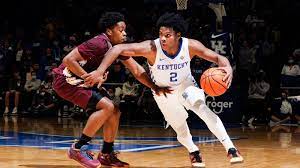

It has long been said that pressure can burst pipes or make diamonds and late-game scenarios are no exception. As coaches, we have all been in situations where our team or a certain player “doesn’t know how to win”. While you can not 100% replicate what happens under the bright lights or roar of the arena, we can at least simulate time/score scenarios daily. Naturally, it is difficult to not show any degree of progress on an issue that you are facing daily. Even when the progress is slow, there is still a forward advancement taking place. Having a playoff-like series in your practice is a good way to see how players will react to difficult stimuli. You can also have a separate victory tracker for this area which will allow your staff to see which players are the most successful in this environment. At the same time, it creates more accountability for players who want to compete and be involved at the end of the game. Creating a series involving a best of 3 or 5 formats (2 to 3 minutes per round) you can add more fuel to the competitive fire especially at the end of practice when sometimes we see a decline in energy. Whether you decide to have one section of the practice dedicated to this or to spread out the series games throughout your practice in short bursts, you can rest assured that at the very least your players will have been exposed to tough situations on a regular basis. Below are several variations that can keep the late game content fresh and force your players to adapt
Repeat a chosen scenario for each round and alternating who has the advantage.
Each round involves a totally different scenario than the one that took place prior. The winner of the last round is able to start with the advantage in the next round.
Recreate Time/Score situations from around your league. How would you fare in that situation? This also gives you a way to use your team’s competition as motivation. Learning from the successes and failures of our opponents in a practice environment can accelerate team IQ.
One team begins with a slightly larger deficit such as being down by 10 points. If this group can reduce the difference to 4 points before time expires, then they will be the “winners” of this situation. This creates the belief of “If we get the game close before the end, anything can happen.”. From there, the team and coaching staff can take the next course of action when the lights are on. This also puts pressure on the other team to maintain a lead as letting the game get too close in the end can be a dangerous gamble as well and result in a loss for the leading team in practice.
The final situation involves a tie game in which the first team to separate by 6 points (for example) within the time limit will be the winner.
Each of these variations has pros and cons as well as being adaptable to the level you find yourself coaching at. As stated earlier, the purpose to put our players in this kind of competitive and high-pressure environment as often as possible. From there, we must trust the work that our players and staff have done to this point in an effort to come out victorious.
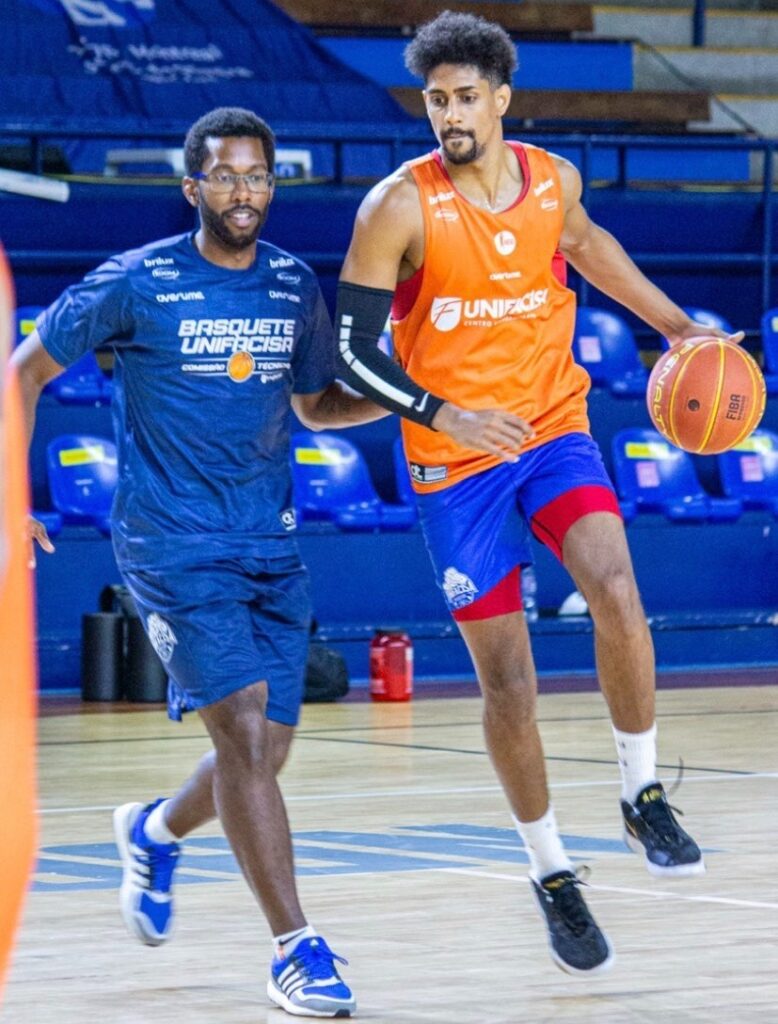
There are certain opponents that can be difficult to prepare for especially if the advantage in physical ability or skill is large. By simulating these aspects with a numbers advantage we can improve a team’s ability to read the floor on offense or defense. If our players can maintain and finish the advantage well, then we can spend more time on how to create the advantage as well. Our offense learns to find the open man using either an extra offensive player OR an extra defensive player. At the same time, the defense has to rotate and maintain discipline while they continue to bring multiple efforts to shrink the floor. All of these movements involve a defender applying pressure on the ball as we always execute these decisions with someone in our way. This also mimics what players perceive in games. Below are some examples of how to incorporate these into your practice.
Starting with a ball-screen, the ball is live after the first pass from the handler. Unless the handler is able to Reject the screen or CLEARLY shoot the 3, they must make a pass. They will may choose to pass ahead, pass to the short roll or hit the backside player who is lifting. From here, the ball handler and 2 defenders on the ball will remain out of the play while the rest of the team plays four against three. This is a good way to give your handlers many repetitions in a short time frame if they struggle with decision-making. At the same time, the other 4 players learn to read the floor for the best possible shot.

In this variation, we use the Pick and Roll to enter into 1 of 2 situations based on where the roller is on the lift pass. If the roller has a two-foot seal in the paint, we want to throw it to them constantly which eliminates the need for a post-move. Post depth creates a big advantage for the entire team by putting pressure on the paint in another way. If however the big has at least 1 foot outside of the paint we will “play for others” with a simple Split action. This has many benefits such as helping our post players to learn how to make decisions, allowing the perimeter players to be a threat without the ball, and creating a simple framework to learn about finding the open man. If X1 goes over, we look for a shot or handoff while the screener slips. If the screen is denied we can back-cut to the rim. Finally, the weakside player looks to fill any open space for the skip pass. The following examples will be shown as four against three.
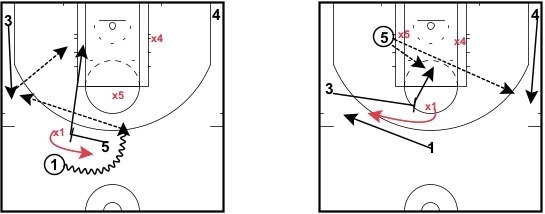
Here we want to make the quickest decisions possible. Players are only allowed to Drive/kick or Relocate. Cutting is not allowed as it makes the drill too easy for the offense. The defense is not allowed to back off and let a player shoot or else they will repeat the movement again. For the offense, the goal is to catch to shoot but assuming that is not available, we will attack the basket preparing to pass out to the perimeter. There are 2 methods to choose from in terms of the driver’s decisions. Simply put, quick decision-making on the catch is the overall focus for the offense meaning that any catch followed by a series of stationary jabs will result in a point for the defense.
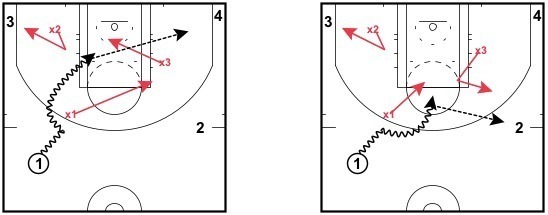
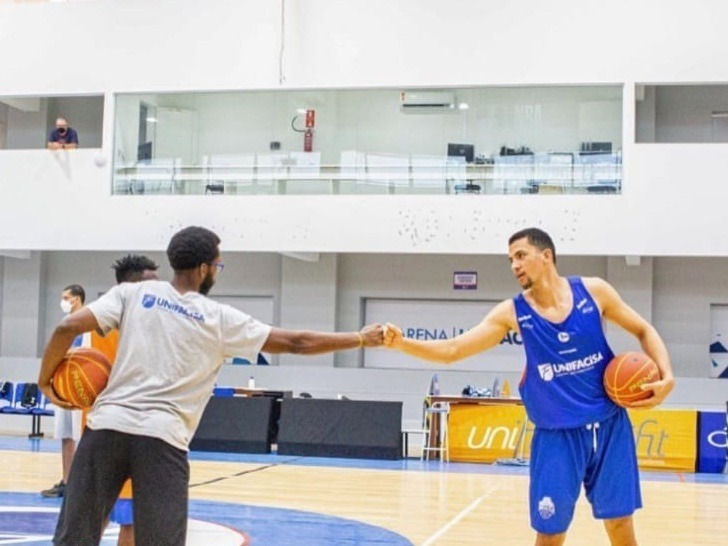
At the end of the day, the best way to become more competitive is in fact to simply compete. By constantly fighting for short-term goals and tracking the results, everyone in the group gains a better understanding of who is producing the desired outcome. Forming competitive habits in a practice environment will connect to the games that we are trying to be victorious in. Even more so, accountability can foster trust between the players and coaches that as long as we are executing the objectives that there is an opportunity for all. Similar to a swimming pool, sometimes we must throw our players into the deep end and challenge them to stay above water. I hope that this article gave you some ideas on how to keep your practices consistently competitive and thank you to SportCoach for the opportunity to discuss basketball with others who also love the game!
Thanks, Coach KJ! This concludes Part 2 of his Consistently Competitive Practices concepts. Let’s continue discussing methods for maximizing the intensity level of our teams’ training.
Twitter: @KJ_the_Scout
Related Posts
n the last three years, Sportcoach has been positioned itself as a reference developing content for coaches. First in Basketball,
By Brianna Finch, Assistant Women’s Basketball Coach Boston University. She shares her approach to Practice Design and Planning through her
CROSSING THE ATLANTIC OCEAN I am Ramón Díaz, Spanish by birth and Mexican by adoption. I currently coach Capitanes from
Get this free basketball coaching course and discover how our digital academy works.